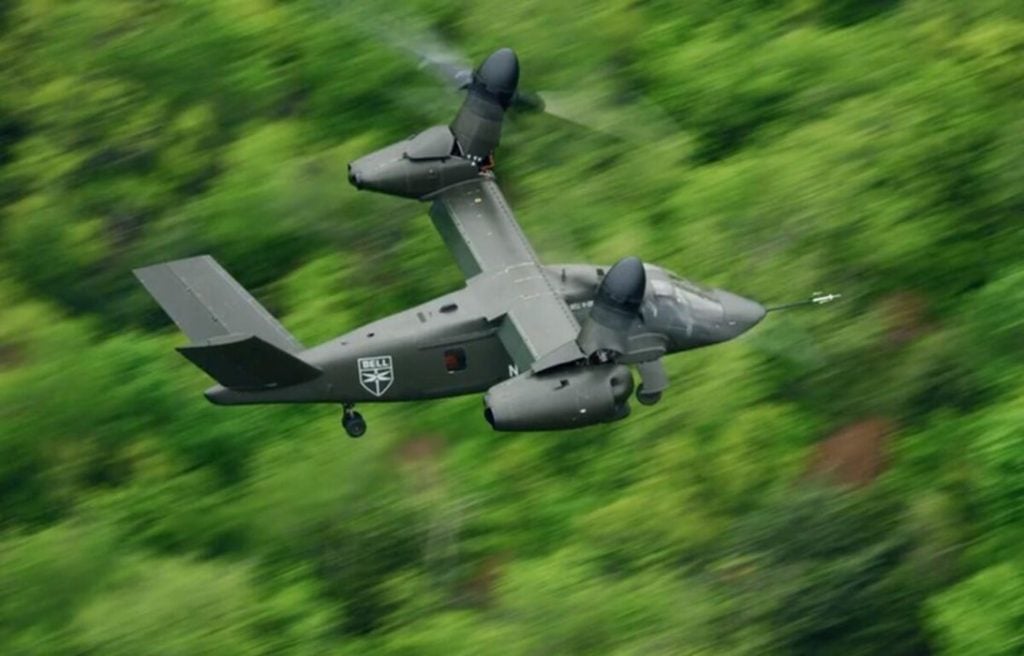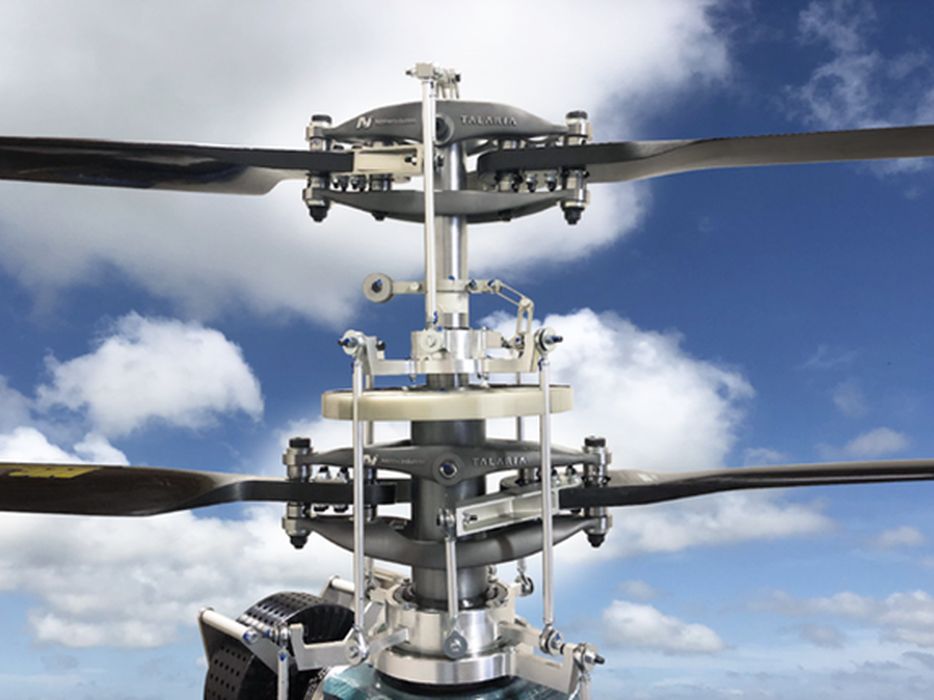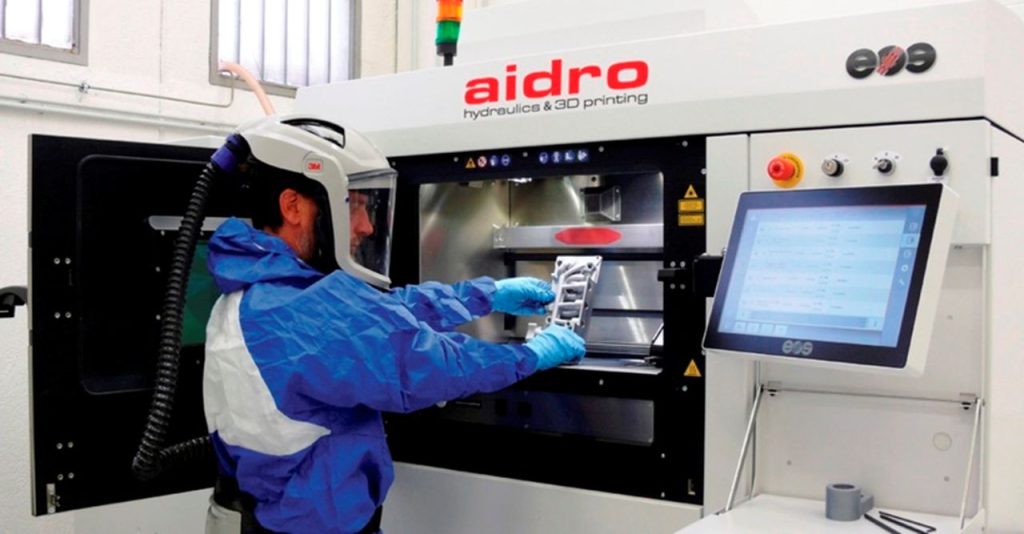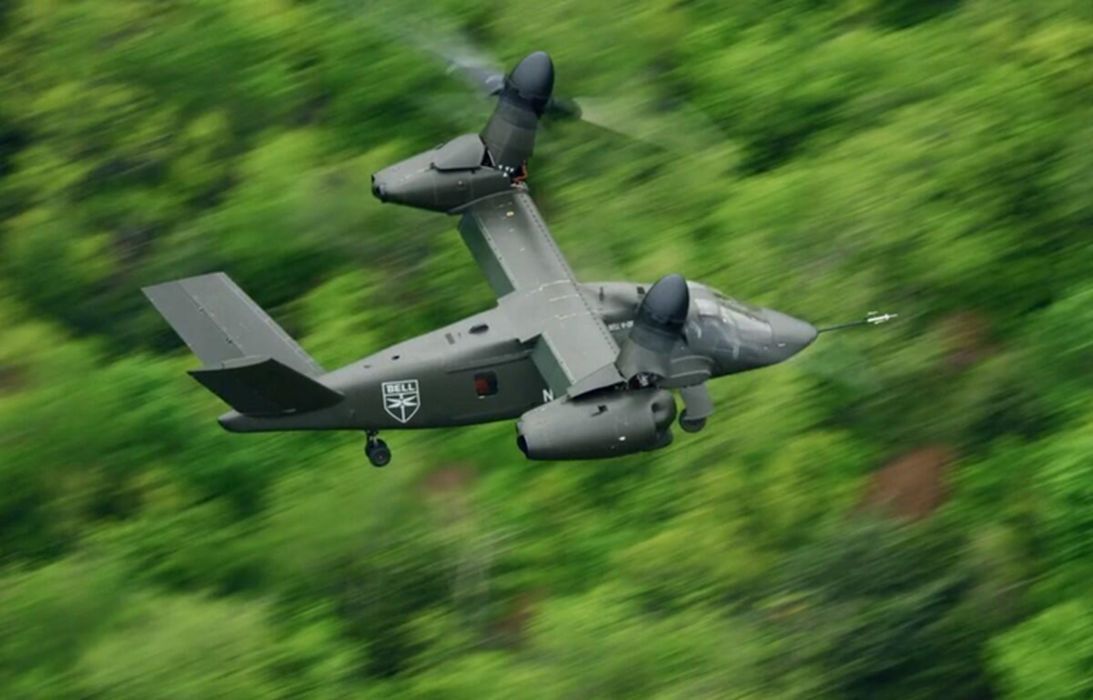
Charles R. Goulding and Preeti Sulibhavi see much 3D printing from a new US military contract.
Textron stock soared on December 6, 2022, after the announcement that it had been awarded a contract to build a new helicopter for the US Army. Textron, the parent of subsidiary Bell Helicopters, was selected to supply the Army’s new long-range assault helicopter over Lockheed and Boeing.
The Army’s “Future Vertical Lift” competition aimed at finding a replacement as the Army looks to retire more than 2,000 medium-class UH-60 Black Hawk utility helicopters built by Sikorsky, a Lockheed Martin Company, since the 1970s. The Army was looking for an aircraft capable of moving about a dozen troops 400 nautical miles. Textron’s expertise fit the bill.

In the competition was Bell’s V-280 “Valor,” a tiltrotor aircraft that has reached speeds over 340 mph according to the Army. It beat out the entrant from Lockheed Martin’s Sikorsky model and Boeing Co’s SB-1 “Defiant” which has two coaxial rotors and a single pusher propeller and has reached speeds of 265 mph, according to the Army.
Helicopters and 3D Printing

Much of the parts and components of the helicopter can be 3D printed. One company, Talaria, has been had the forefront of 3D printing helicopter technology. Talaria approached Additive Industries to help them design and 3D print topology optimized rotor hubs for their innovative personal flying device. With this device, they will enter the GoFly competition in Silicon Valley and aim to spearhead a revolution in the aviation industry.
Aidro, a 3D printer company, was selected to supply flight-ready metal, 3D printed parts for Leonardo helicopters. Aidro will be supplying Leonardo with 3D printed, aluminum flight parts that are both lightweight and durable.
Bell has collaborated with various companies in the 3D printing industry, which we have previously covered on Fabbaloo this year. But this new Army contract brings even more need for 3D printing capabilities for Bell to pursue. Particularly with the war in Ukraine demanding so much more weaponry now.
The Research & Development Tax Credit
The now permanent Research and Development (R&D) Tax Credit is available for companies developing new or improved products, processes and/or software.
3D printing can help boost a company’s R&D Tax Credits. Wages for technical employees creating, testing and revising 3D printed prototypes can be included as a percentage of eligible time spent for the R&D Tax Credit. Similarly, when used as a method of improving a process, time spent integrating 3D printing hardware and software counts as an eligible activity. Lastly, when used for modeling and preproduction, the costs of filaments consumed during the development process may also be recovered.
Whether it is used for creating and testing prototypes or for final production, 3D printing is a great indicator that R&D Credit eligible activities are taking place. Companies implementing this technology at any point should consider taking advantage of R&D Tax Credits.
Conclusion
There are many reasons supporting the use of 3D printing to obtain parts and components for helicopters. Considering the situation in Ukraine and the need for easily replaceable components at this time, 3D printing can create high-quality helicopter parts that are both durable and lightweight at a fraction of the cost. We believe Bell will be increasingly focused on advancing its 3D printing initiatives.

